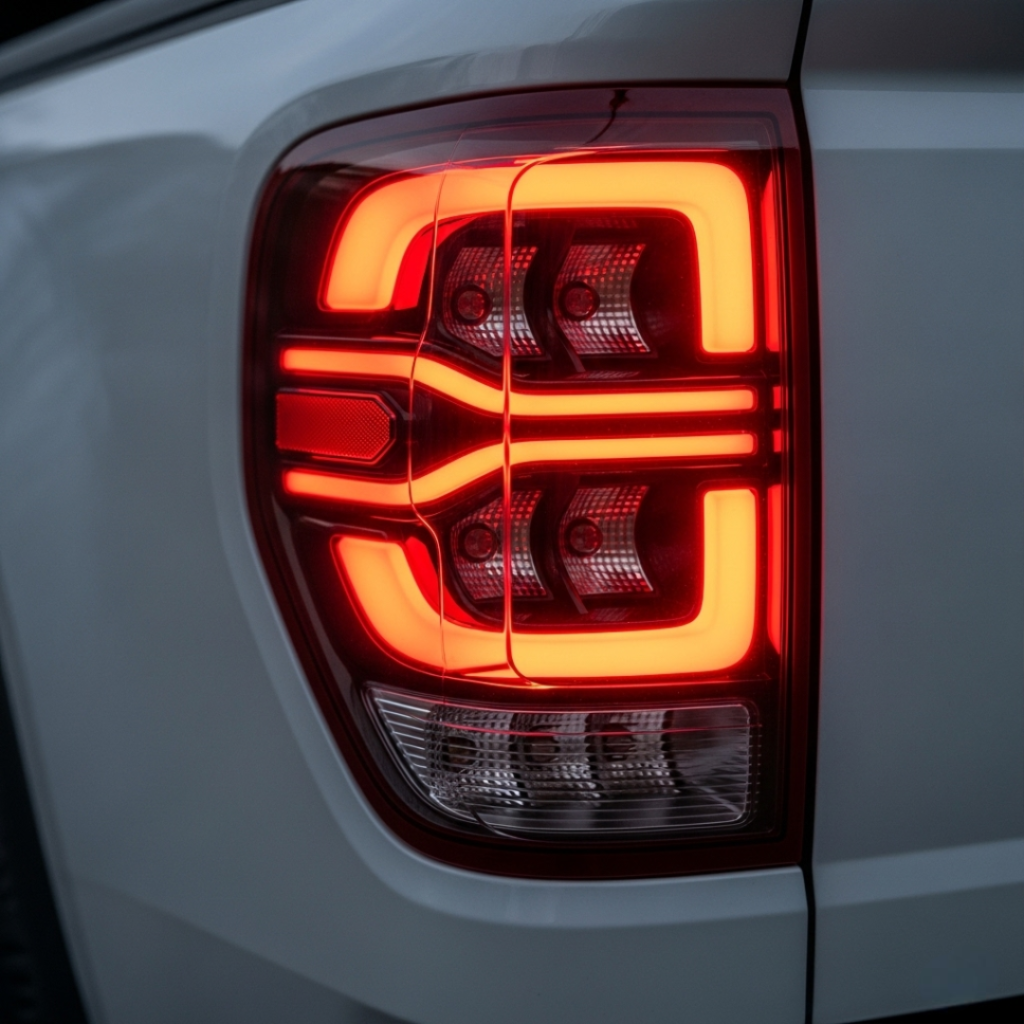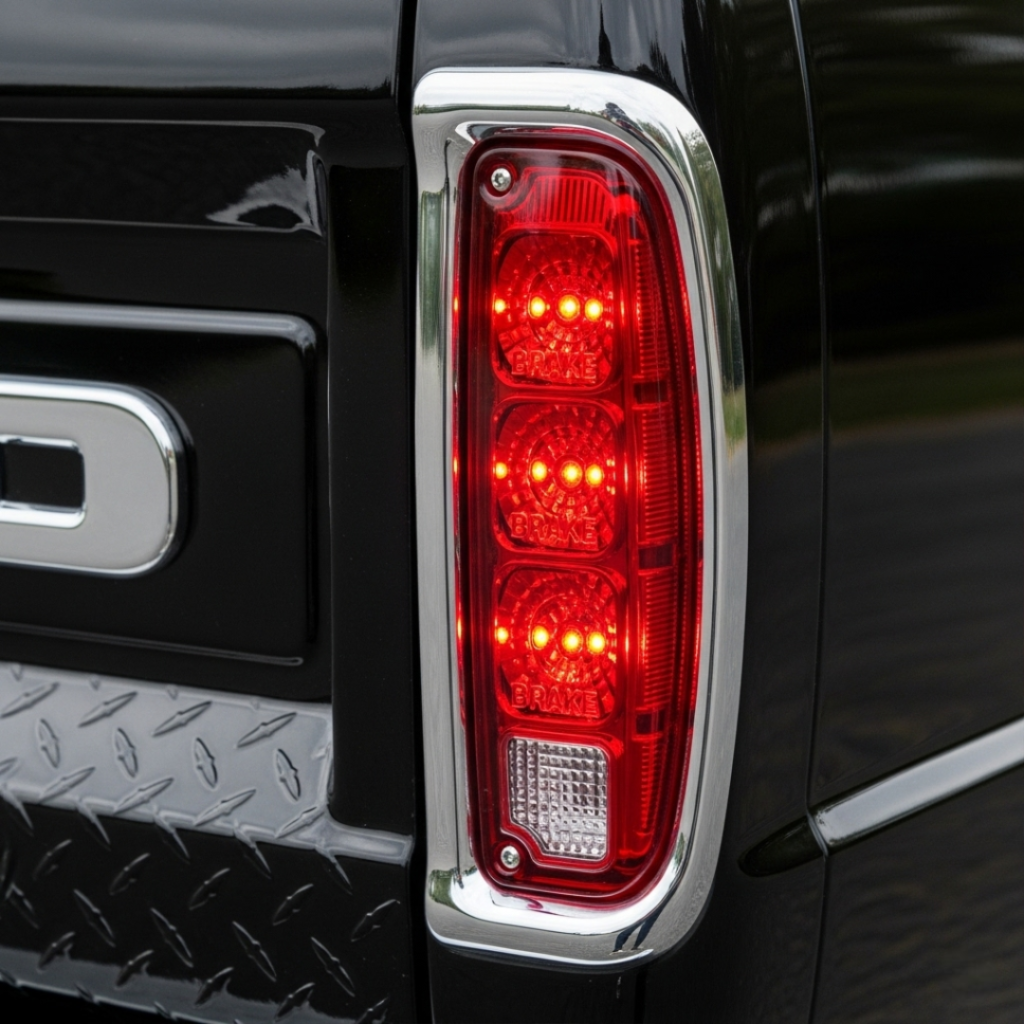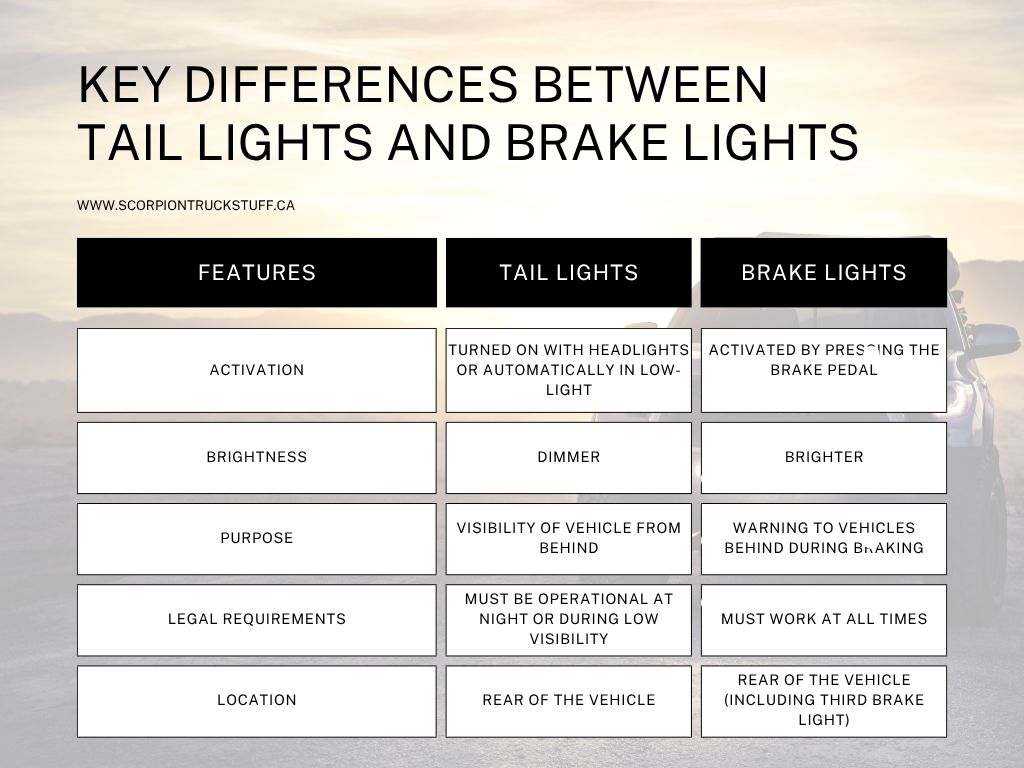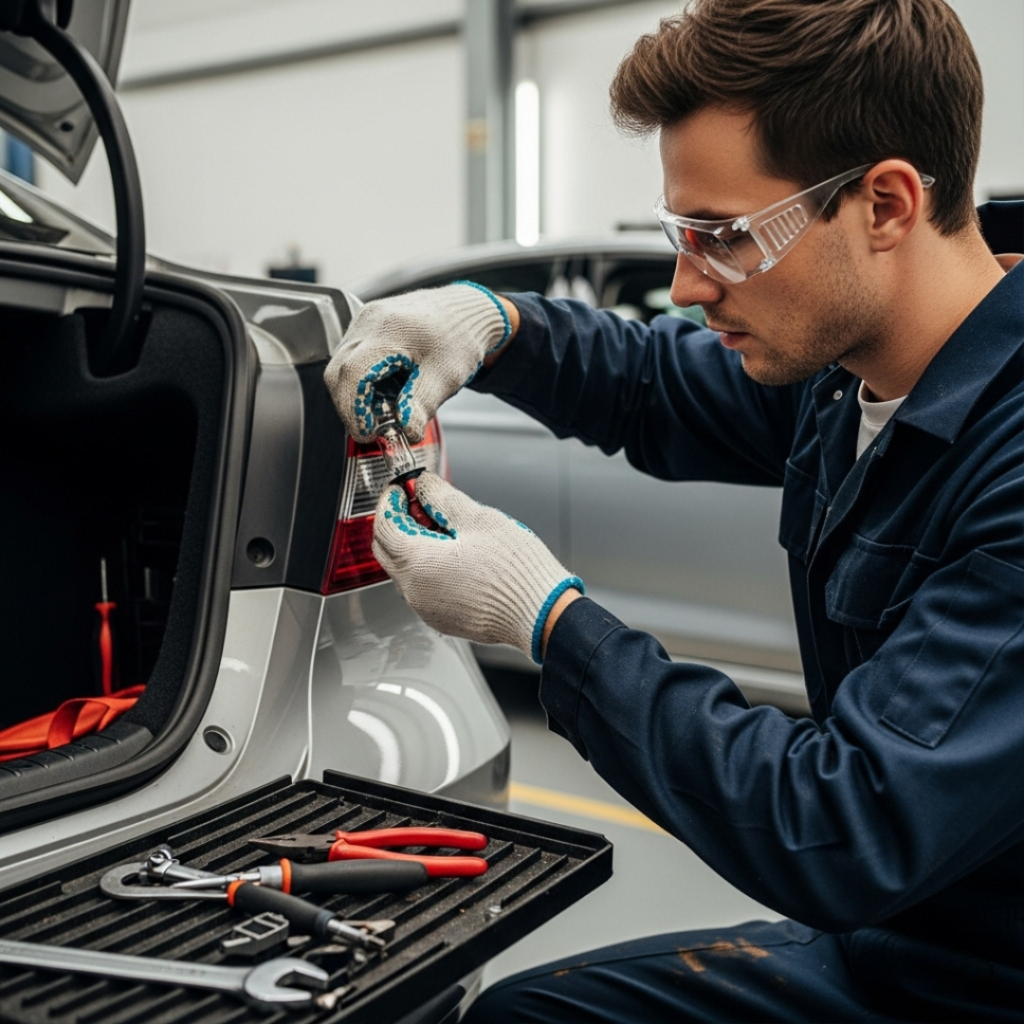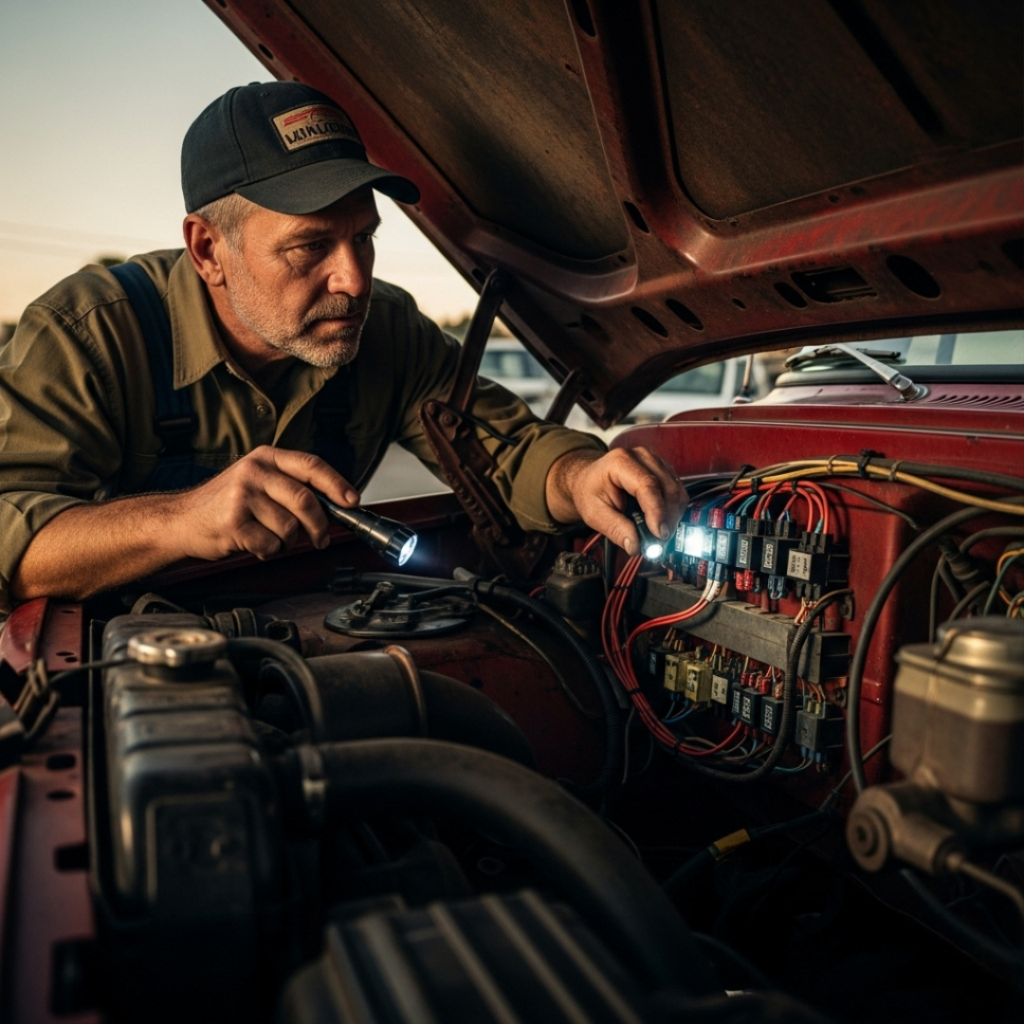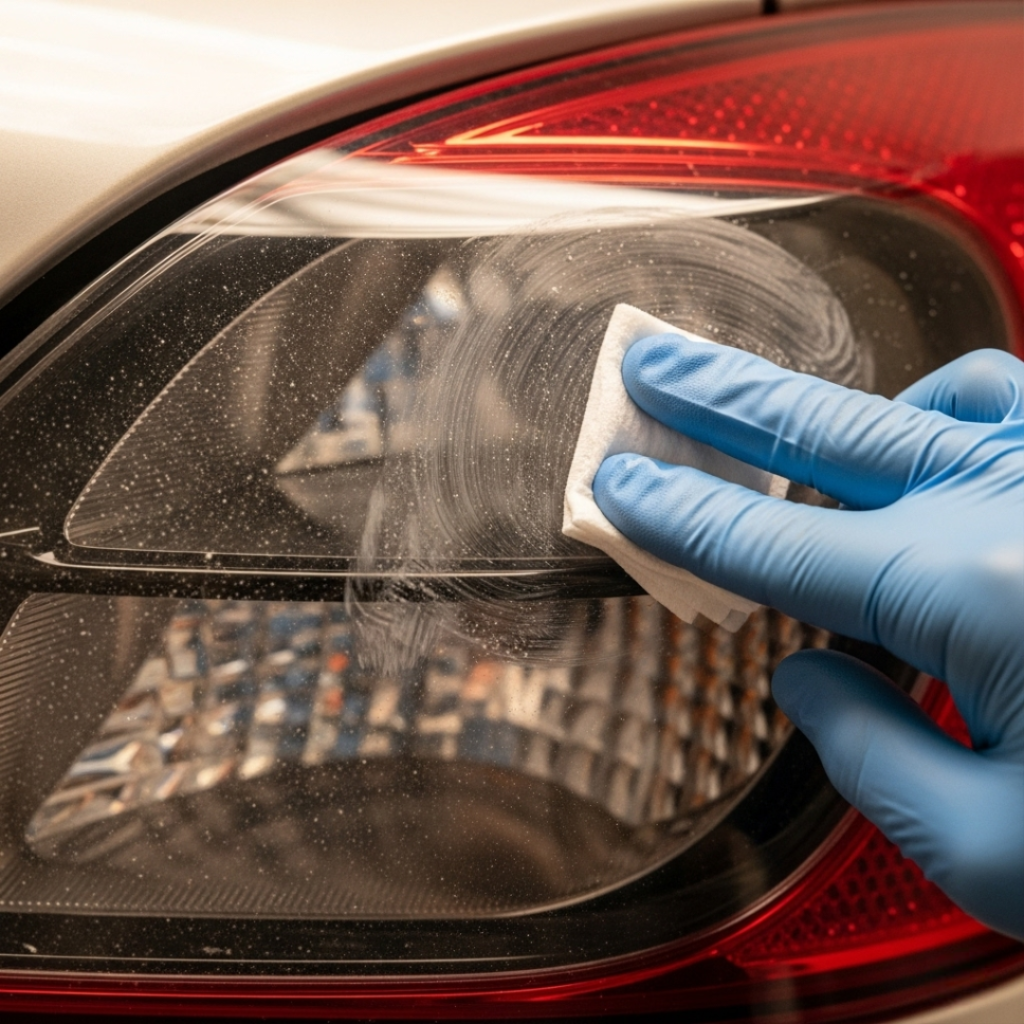When you’re on the road, vehicle lighting isn’t just about visibility, it’s also about communication. Two of the most important components of your car’s lighting system are tail lights and brake lights. Many drivers often wonder, “Are tail lights and brake lights the same?” While they may appear similar, they serve very different purposes. Understanding the difference can improve road safety, prevent accidents, and keep your vehicle in compliance with traffic laws.
In this article, we’ll break down the key differences, functions, and maintenance tips for tail lights and brake lights.
What Are Tail Lights?
Tail lights are red lights located at the rear of your vehicle. They automatically turn on when you switch on your headlights or when your vehicle is in low-light conditions, such as during dusk, dawn, rain, or fog.
Functions of Tail Lights:
- Indicate the presence and width of your vehicle to other drivers.
- Help others judge the distance and speed of your car at night or in poor weather.
- Ensure your car is visible from behind without blinding drivers.
Tail lights are designed to be dimmer than brake lights so they don’t distract or blind the drivers behind you.
What Are Brake Lights?
Brake lights, also located at the rear of your car, illuminate when you press the brake pedal. They’re usually brighter than tail lights to immediately alert drivers behind you that you’re slowing down or stopping.
Functions of Brake Lights:
- Signal to drivers behind that your vehicle is decelerating.
- Prevent rear-end collisions by providing an instant warning.
- Comply with traffic laws malfunctioning brake lights can result in fines or failed inspections.
Brake lights typically include two or three lights: one on each side and a central high-mounted light, known as the third brake light.
Why Knowing the Difference Matters
Understanding the distinction between tail lights and brake lights is more than just automotive trivia; it’s a matter of safety and legal compliance.
- For drivers: If your brake lights don’t work, drivers behind you might not realize you’re slowing down, increasing the risk of rear-end accidents.
- For vehicle owners: Knowing which lights are malfunctioning helps you communicate effectively with mechanics and avoid unnecessary repairs.
- For safety inspectors: During car inspections, brake and tail lights are both checked for functionality.
How to Check If Your Tail Lights and Brake Lights Work
- Tail Lights:
- Turn on your headlights and walk to the rear of your vehicle.
- Both red tail lights should be illuminated evenly.
- Brake Lights:
- Have someone press the brake pedal while you check the lights.
- Alternatively, use a mirror or reverse your car near a reflective surface.
- All brake lights (including the center one) should light up brightly.
Maintenance Tips
- Replace bulbs as needed: Most tail and brake light issues stem from burned-out bulbs.
- Check fuses and wiring: If both lights are out, it may be an electrical issue.
- Clean lenses: Dirt and grime can reduce the brightness and visibility of your lights.
So, are tail lights and brake lights the same? Not quite while they’re both located at the rear of your vehicle and work together to ensure safety, they perform very different functions. Tail lights help you remain visible in dark or low-light conditions, while brake lights signal your intention to stop or slow down. Regular inspection and maintenance of both systems are essential for safe driving and legal compliance.
For high-quality lighting products, accessories, and expert advice on maintaining your truck or vehicle, trust the professionals at Scorpion Truck Stuff your partner in safety, performance, and style on the road.


